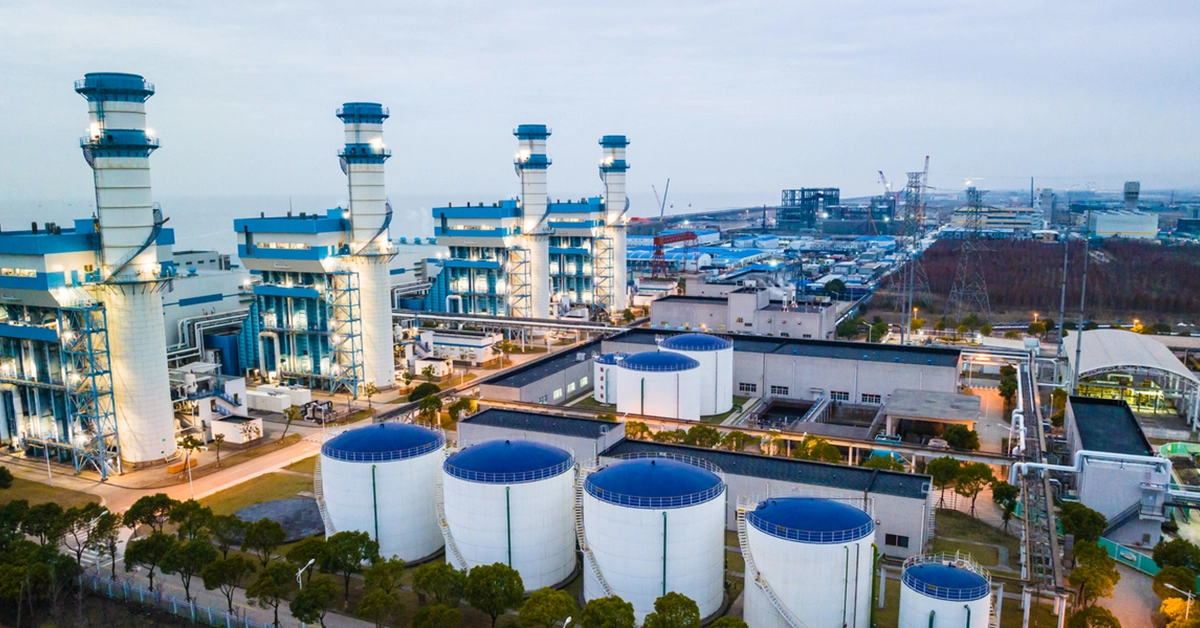As the maritime industry digitally transforms, stakeholders increasingly rely on connected industrial control systems (ICS) and satellite communications, using a blend of information technology (IT) and operational technology (OT) systems, which makes keeping these systems cyber resilient increasingly challenging. The impact of an undetected cybersecurity incident on a ship or at a port can cause both safety risks and operational disruption lasting for hours, days, or weeks, resulting in financial losses.
These real impacts of operational disruption in the maritime industry were clearly illustrated last year when SEA-invest was hit by a cyberattack which shut down operations for days, and when, although not a confirmed cyberattack, the Ever Given ran aground in 2021, blocking the Suez Canal for six days and creating a global shipping crisis. To prevent business disruption and preserve safety, cybersecurity must become a priority for maritime organizations. Let’s look at the challenges faced by the maritime sector, and how they can be eased with best practices and use of the right technology.
Maritime Asset Owners Can Reduce Risk with Improved Cybersecurity
The maritime industry transports 90% of the world’s trade. Like other industries, it’s becoming increasingly automated and remotely monitored. Shippers want to optimize voyages and track the operational status of things like:
- Load condition of the vessel
- Fuel consumption
- Position and route
- Machinery performance
- System efficiencies
Rapid digitization is fueling the development of Maritime Autonomous Systems (MAS), where new generation ships can be remotely controlled from land.
On the other hand, the level of system visibility and cybersecurity maturity in this sector is relatively low. Many ships contain devices and even systems that are unknown to their operators. Crew are not typically trained to identify phishing emails or manage network access control.
While dramatic situations like a vessel capsizing due to hacking are not out of the realm of possibility, they are still unlikely. Crew constantly observe ship behavior and can often employ manual or safety systems to correct performance that is out of normal range.
Disruptive events that are more likely to occur include:
- Employees or suppliers unintentionally causing cyber incidents that threaten operational reliability or are expensive to remediate
- Cyber criminals disrupting a company’s shipping operations or altering documents to facilitate drug smuggling
- Threat actors stopping ship-to-shore functions, such as crane operations, and stopping the flow of goods
Driven by the need to reduce risk, comply with international shipping standards, and meet insurer requirements, shipping companies are investing in cyber resiliency. An important capability lies in identifying maritime assets and tracking their communications. Networks should be monitored for vulnerabilities, threats, and unusual behavior that could indicate a cyberattack.
Fortunately, real-time OT/IoT visibility technology can be used to improve both operational availability and cyber resiliency, helping ensure the safety of transportation system as they transform.

Improving Network and Operational Visibility
Our solution analyzes network traffic, using the data to build a live, interactive visualization of operational technology systems. An extensive amount of useful information is provided, including:
- A macro view of the entire operational environment, with the ability to filter by subnets and network segments
- Detailed asset views that make it easy to drill down for deeper insight
- The role of each node and the traffic between nodes
- The protocols used to communicate between nodes and zones
- Network traffic information such as throughput, protocols and open TCP connections
- Detailed attributes of endpoints and connections
- Automated alerts that bring hardware, software and device changes to your attention

Building Operational Resiliency for Maritime Organizations
To stay on top of what’s happening in maritime systems, OT/IoT visibility and threat detection is critical. Security gaps related to people and processes can have a big impact on operational resiliency too. For example, the separation of IT and OT, combined with increasingly connected control systems, can lead to blind spots and vulnerabilities. But with the right technology and a focus on best practices, maritime organizations can increase operational resiliency.
To learn more about how our team can help you solve your biggest cybersecurity challenges, check out our maritime solution brief below.










